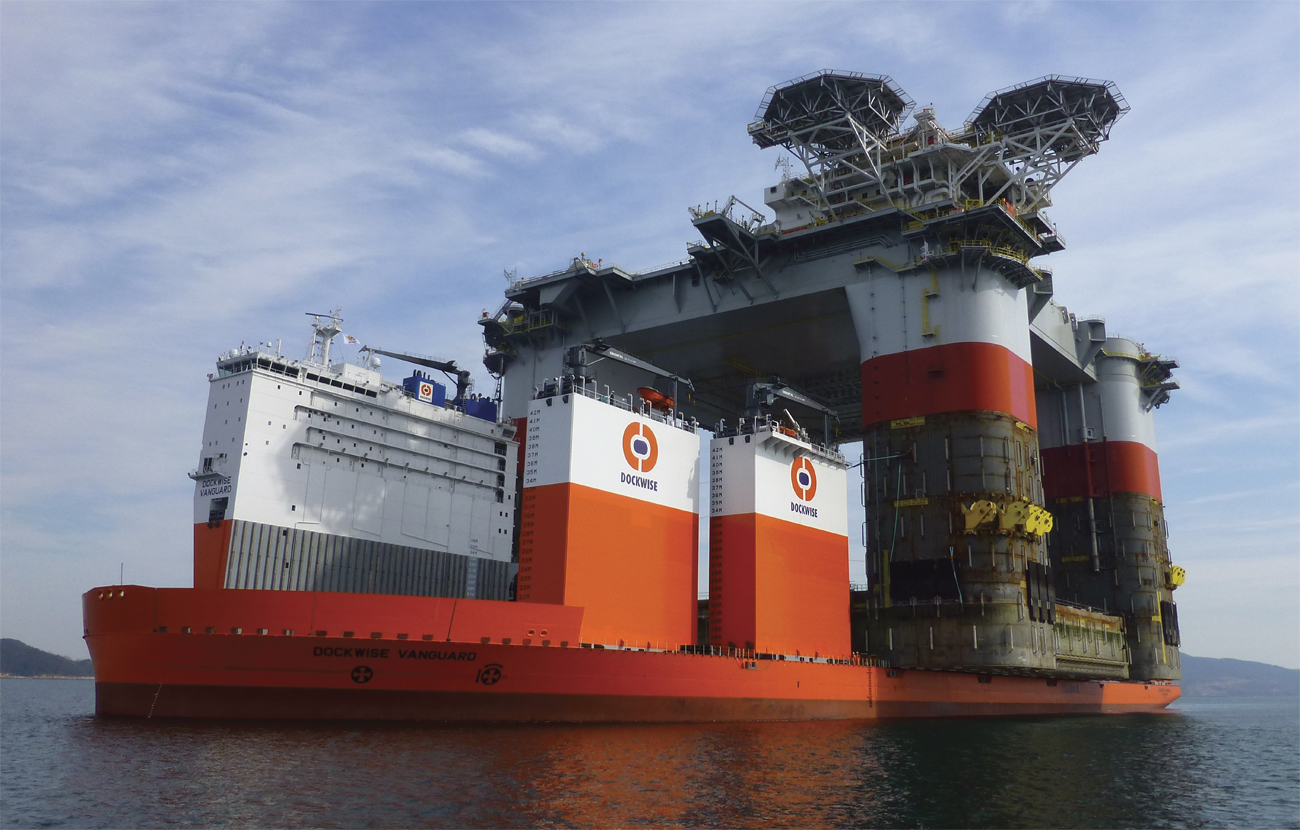Heavy Lift

Semi-Submersible Heavy Lift Vessels lift, transport and unload very large floating objects. Of particular concern is the fact that the deck load adds buoyancy to the ship, a factor that must be accurately accounted for in order to do realistic dynamic stability assessment. ASC delivers a highly modified version of Autoload® tailored to these very specific needs.
The software combines an accurate model of the object to be loaded with a similar model of the heavy lift vessel, and represents them in 3-D graphics in the interface. Stability, strength and motion analyses are made on the resultant combined model. In addition to conducting all common hydrostatic and stability analyses, you can easily calculate fundamental ship motion parameters, including natural pitch, heave and roll period. The heavy lift solution also reads the tank and draft sensors. Additionally, the system calculates the required submerged trim and list of the lifting vessel in order to prevent any knuckle reaction or unnecessary heeling moment when contact is made.
Offshore Heavy Transport used Autoload on two sister-ships – M/V Black Marlin and M/V Blue Marlin – the largest heavy lift vessels of their kind in the world (now owned by Boskalis). It was one of these sister-ships, the Blue Marlin, that transported the terrorist-damaged USS Cole from Yemen waters back to its home port of Newport News VA. In the case of the 9,000 ton USS Cole, transporting across two major oceans without incident required Autoload to both plan the stability and the deballast plan ahead of time – and to monitor both in real time using the PC in the loading control room of the Blue Marlin.
Autoload for Heavy-Lift is also used on Phenix Shipping’s Clipper Cheyenne, a Ro-Ro/heavy Lift vessel.
